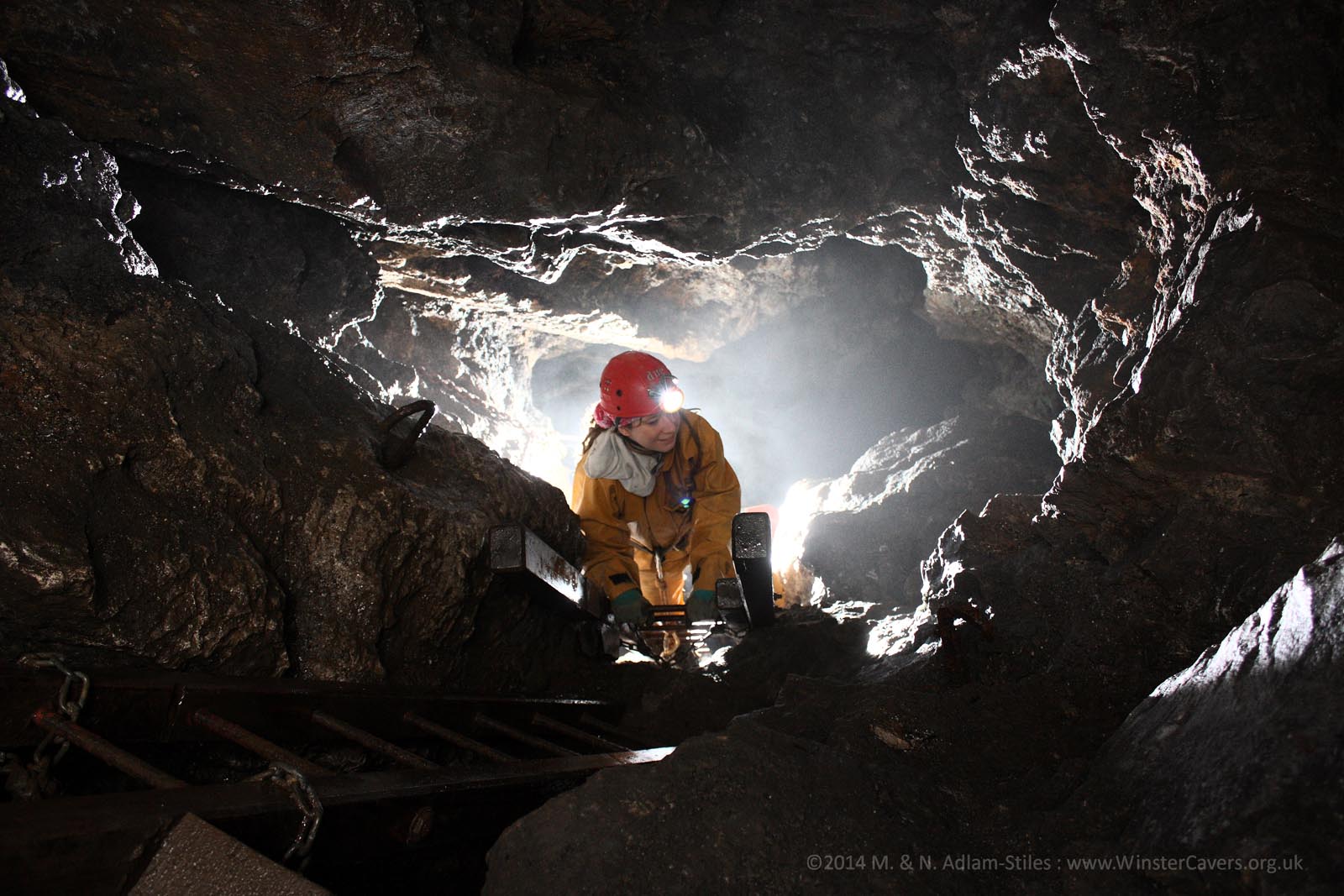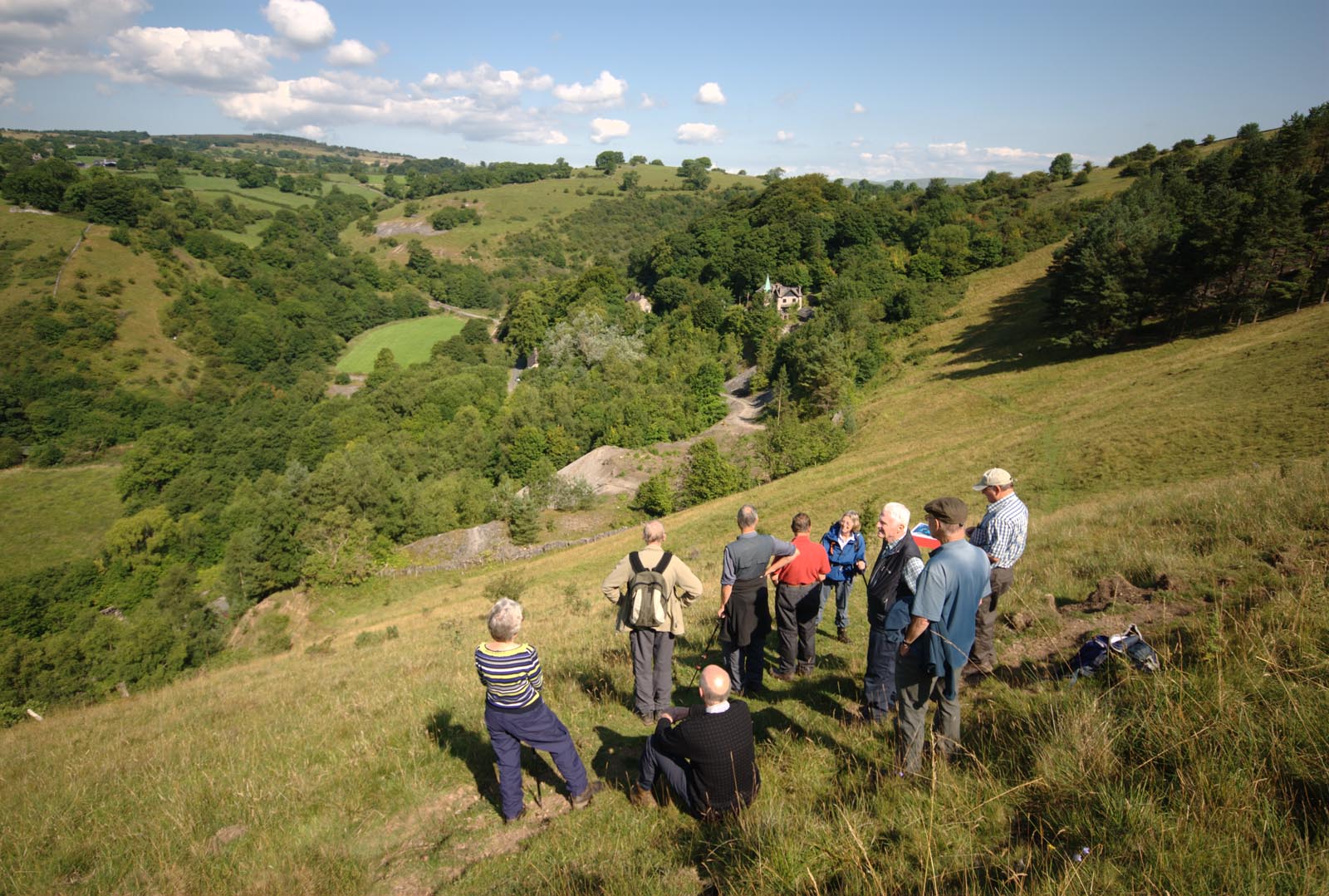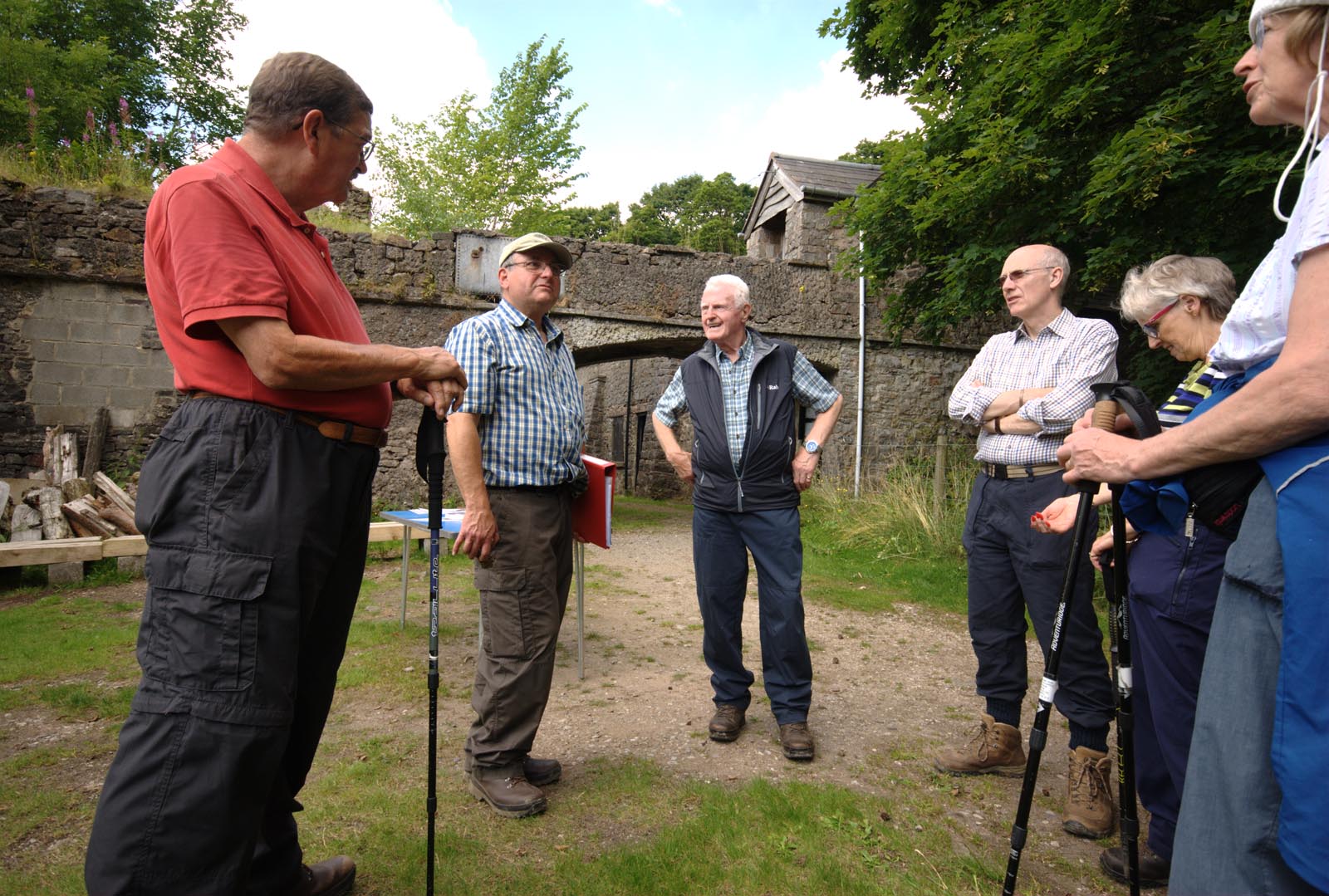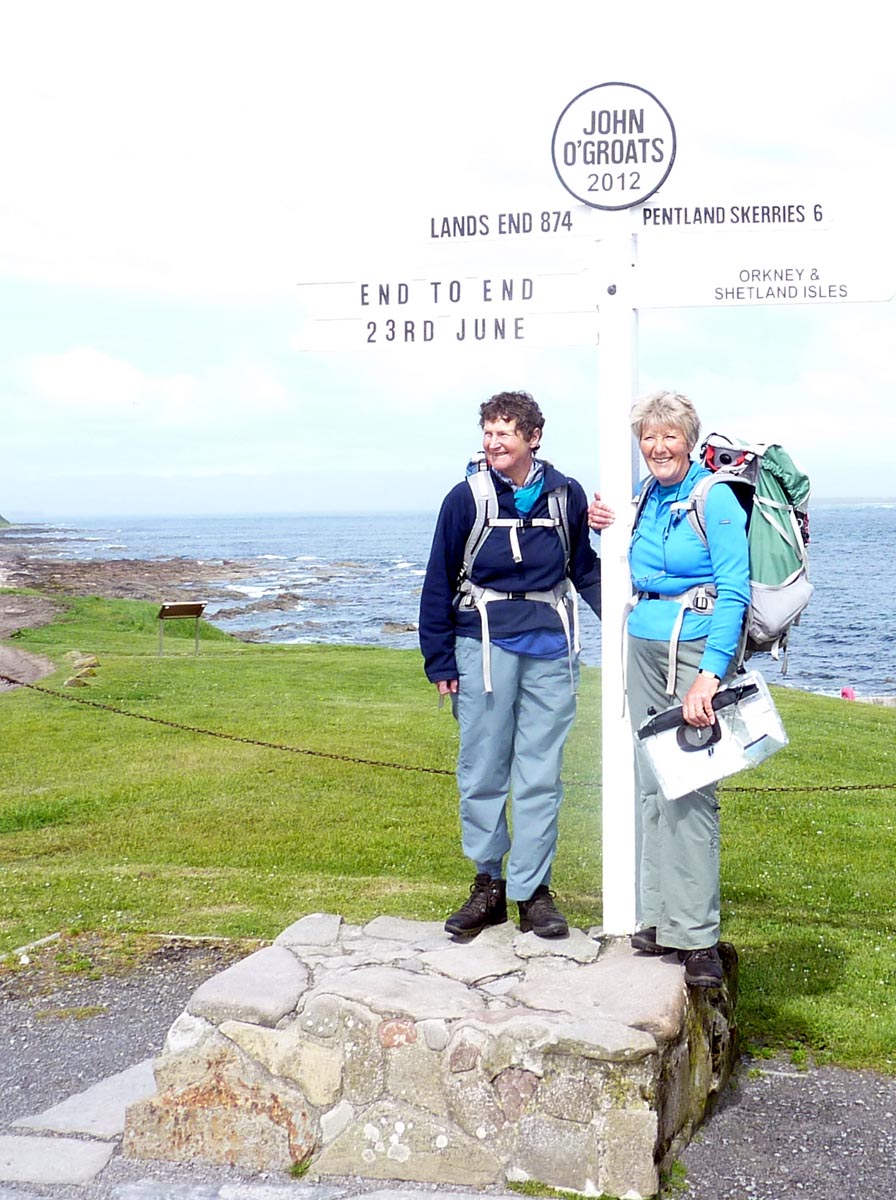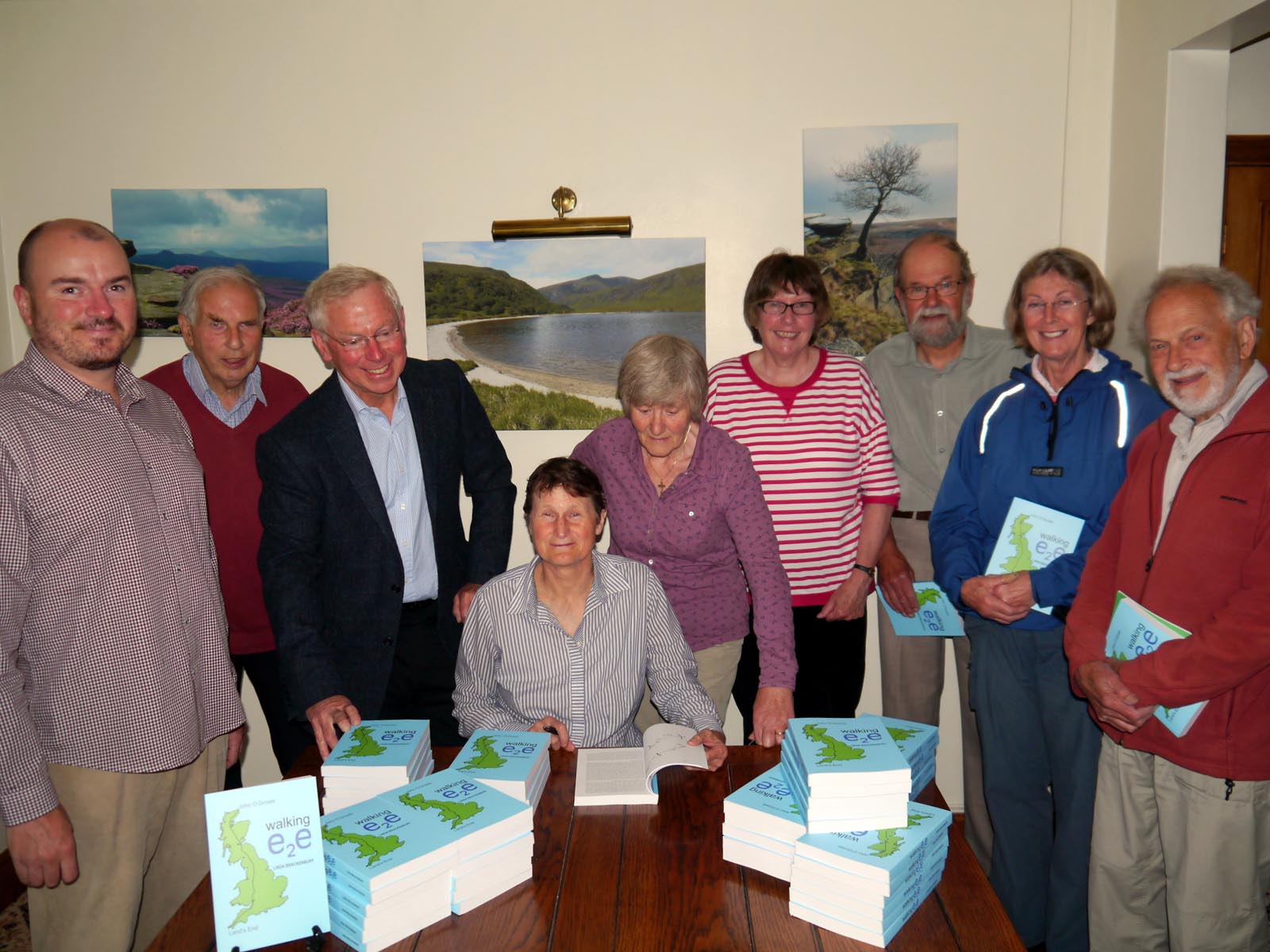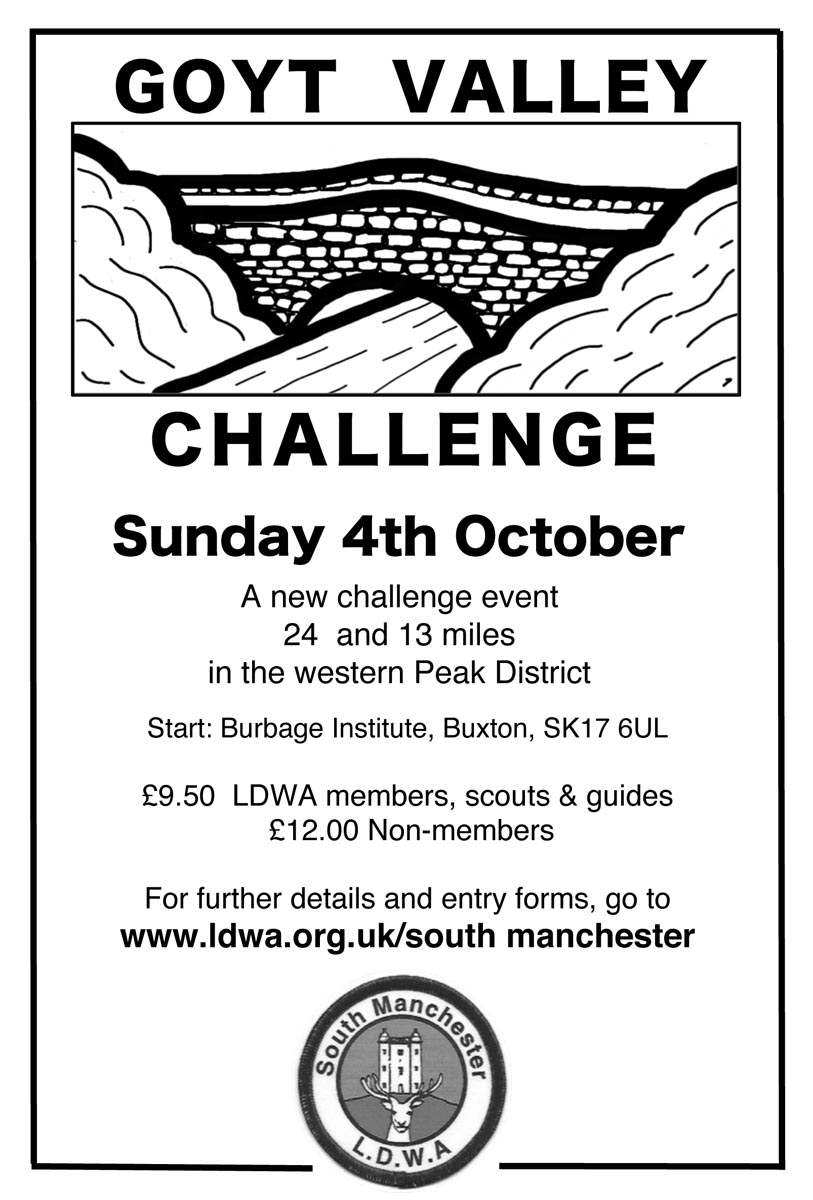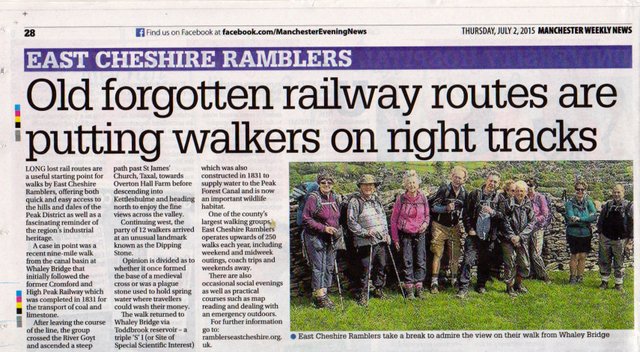Walkers regularly come across long-abandoned mines on outings to the Peak District but rarely do they get the chance to find out what is happening beneath their boots underground.
Just such an opportunity occurred recently when a 21-strong party of intrepid East Cheshire ramblers visited Ecton Hill in Staffordshire between Leek and Buxton, once home to Europe’s largest and richest copper mine.
With a mining history dating back 3,500 years, the slopes of the towering, grass-covered hillside conceal a chequered past under a succession of owners, several of whom made their fortunes and others who went bust.
By 1790, after Ecton had been acquired by the fifth Duke of Devonshire, 400 workers – men, women and children – toiled beneath the surface, often in appalling conditions and living with the constant threat of flooding or an explosion.
During its heyday in the 1800s, it is said that the Duke made sufficient money to build the magnificent Crescent in Buxton, producing around 100,000 tonnes of mainly copper ore (but also lead) and made a profit of £300,000, equivalent today to a jaw-dropping £24.4m.
Much of the copper was used to make brass and was also rolled into copper sheets for the Royal Navy to protect ships’ hulls against boring worms.
Ecton finally closed in 1891 having been at the forefront of mining technology. Indeed, many famous scientists and engineers of the day had links to the mine : James Watt and Matthew Boulton supplied its steam engine, whilst James Banks discovered new life forms in the cavernous depths down below.
East Cheshire Ramblers’ tour was arranged by leader Brian Griffiths courtesy of the Ecton Mine Educational Trust which operates regular visits and field studies for organised groups. For further information go to www.ectonhillfsa.org.uk.

